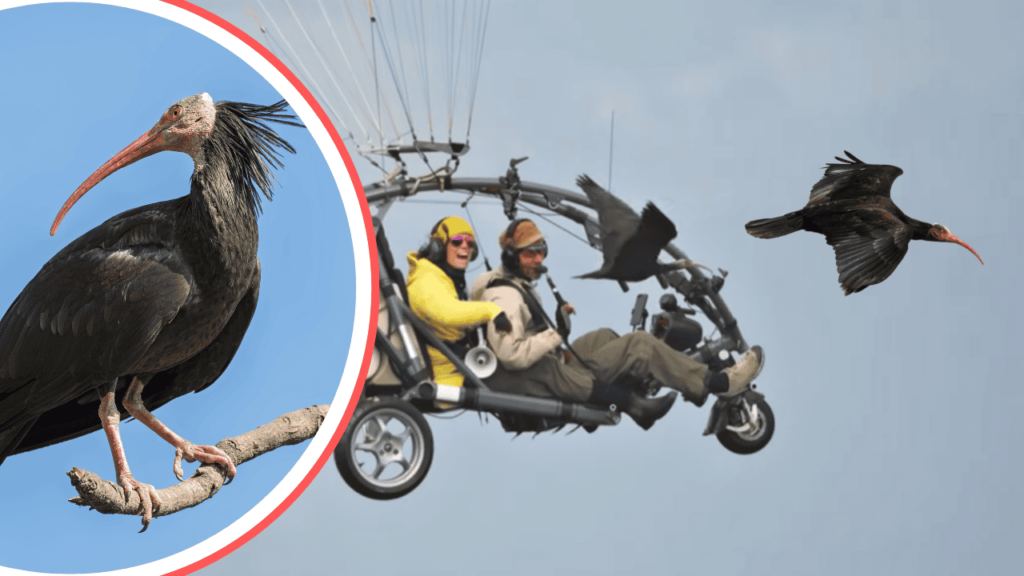It almost sounds like something out of a wild Nordic fairy tale: a bird so fierce and stubborn that it will challenge towering trees, square up to shiny cars, and strut through the Finnish forests with the arrogance of a feathered gladiator. But this is no myth. Deep within Finland’s pine-scented woods lives the capercaillie, a bird whose antics are as bold as its appearance. With a reputation for unruly behavior and a knack for the dramatic, the capercaillie has become a symbol of the untamed wild, leaving locals and scientists alike both amused and amazed. If you ever find yourself wandering a Finnish forest and hear a commotion that sounds like a miniature dinosaur having a tantrum, you might just have stumbled into the territory of this unforgettable creature.
The Capercaillie: A Giant Among Grouse
The capercaillie is not your average bird. As the largest member of the grouse family, males can weigh up to 14 pounds and stretch over three feet in length. Their dark, iridescent feathers, fan-shaped tails, and striking red eyebrow patches make them instantly recognizable. While females are smaller and more camouflaged, the males are the real showstoppers, often looking like they belong in a medieval tapestry. Their imposing size and flamboyant plumage have inspired countless Finnish legends, and seeing one in the flesh can leave even the most seasoned hiker a little awestruck.
Masters of the Boreal Forest
Capercaillies are true children of the northern taiga. They thrive in Finland’s vast coniferous forests, favoring habitats rich in pine and spruce. These birds are perfectly adapted to their environment, from their feathered feet that act like snowshoes in winter to their diet, which revolves around pine needles, buds, and berries. Their ability to survive the harsh Finnish winters, when food is scarce and temperatures plummet, is a testament to their resilience and adaptability. Camera traps and birdwatchers alike have marveled at how these birds seem to vanish into the labyrinth of trees, only to reappear with surprising boldness.
The Legendary Lek: A Dramatic Courtship Ritual
Each spring, the Finnish forests are transformed into a stage for the capercaillie’s famous lek, a dramatic mating display that is as much a battle as a dance. Males stake out small territories, puff up their chests, fan their tails, and emit a series of bizarre clicks, pops, and wheezes. These sounds can echo through the woods for hundreds of meters. Their performances are not just for show—battles between rival males can become frantic, with birds slamming into each other and even into trees. The winner earns the right to mate, while the loser slinks away, his pride as battered as his feathers.
Why Do Capercaillies Fight Trees?
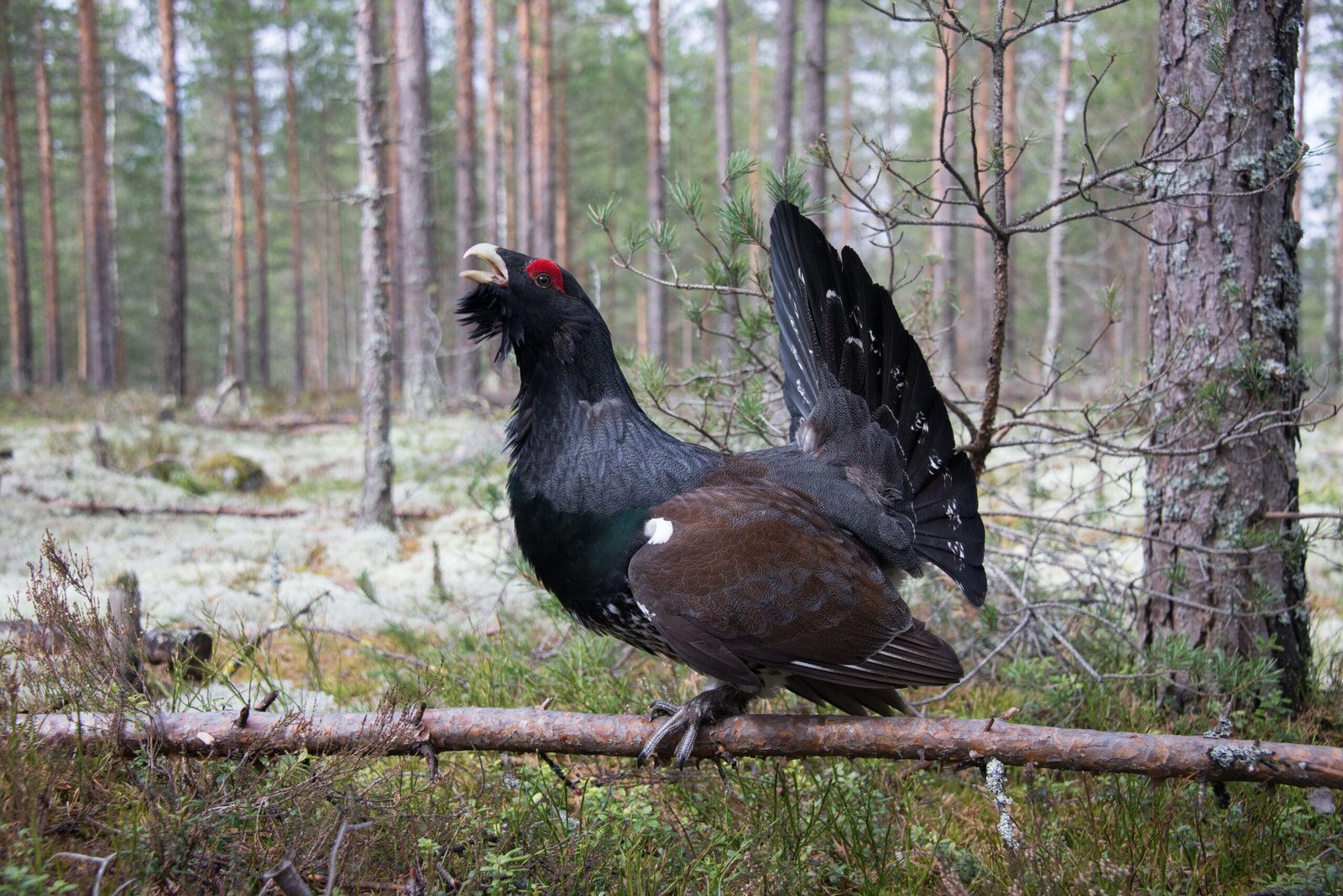
It might sound absurd, but capercaillie males have been observed attacking trees during their courtship rituals. Scientists believe this behavior is a mix of misdirected aggression and a way to demonstrate strength. When a rival is absent or a tree just happens to be in the wrong place at the wrong time, a testosterone-charged capercaillie might unleash its fury on the unyielding trunk. The sound of a capercaillie slamming into a tree can be surprisingly loud, and the sight is both comic and impressive—a true testament to the bird’s single-minded determination during lekking season.
Encounters with Cars: A Modern-Day Rivalry
In recent years, there have been remarkable—and sometimes hilarious—reports of capercaillie males attacking cars. Shiny vehicles parked near their territories can trigger the same aggressive displays as rival males or trees. To a capercaillie, the reflection in a car’s bumper might look like another bird encroaching on its space. Some unlucky drivers have returned to find their cars covered in scratches, peck marks, or even small dents. While this behavior can be a nuisance, it’s also a vivid reminder of how wildlife reacts to human encroachment, and how old instincts can clash with the modern world.
Feathered Warriors: The Capercaillie’s Defensive Instincts
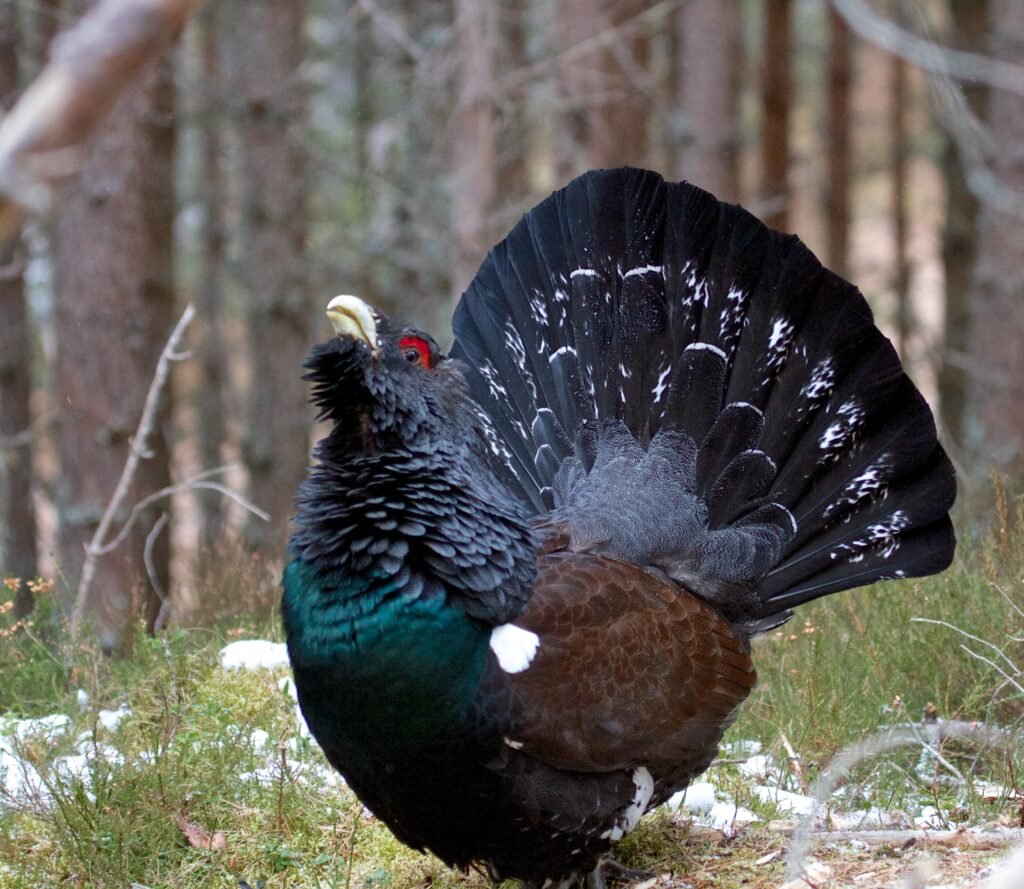
The capercaillie’s reputation as a fighter isn’t limited to mating season. These birds are famously bold, even outside the lek. When threatened, a male capercaillie will often stand its ground, puffing up and hissing rather than fleeing. Some birdwatchers have found themselves on the receiving end of a charging capercaillie, complete with flapping wings and sharp beaks. This courage (or stubbornness) helps the species survive in forests filled with predators, but it also means they sometimes get into trouble with humans, dogs, or even snowmobiles.
The Capercaillie’s Role in Finnish Folklore
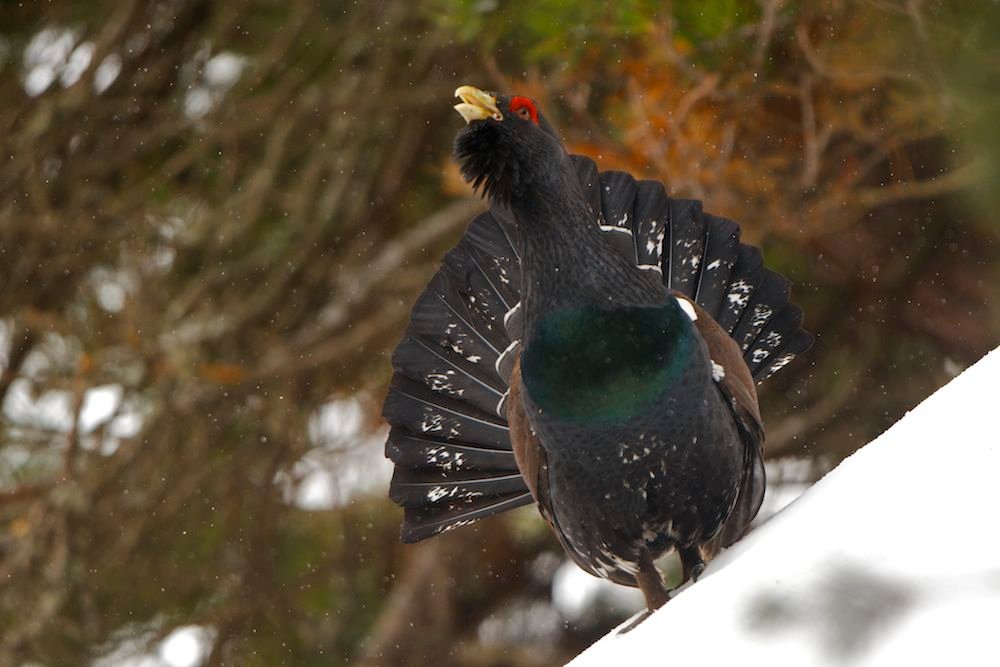
For centuries, the capercaillie has been woven into the fabric of Finnish folklore. It is seen as a symbol of strength, endurance, and the mysterious power of the wild. In ancient tales, the bird is often depicted as a guardian of the forest or as a creature with magical abilities. Hunters have long respected the capercaillie for its elusive nature and challenging hunt. Even today, spotting a capercaillie is considered a stroke of luck, and its image appears in Finnish art, literature, and even postage stamps.
Conservation Status: A Bird in Peril?
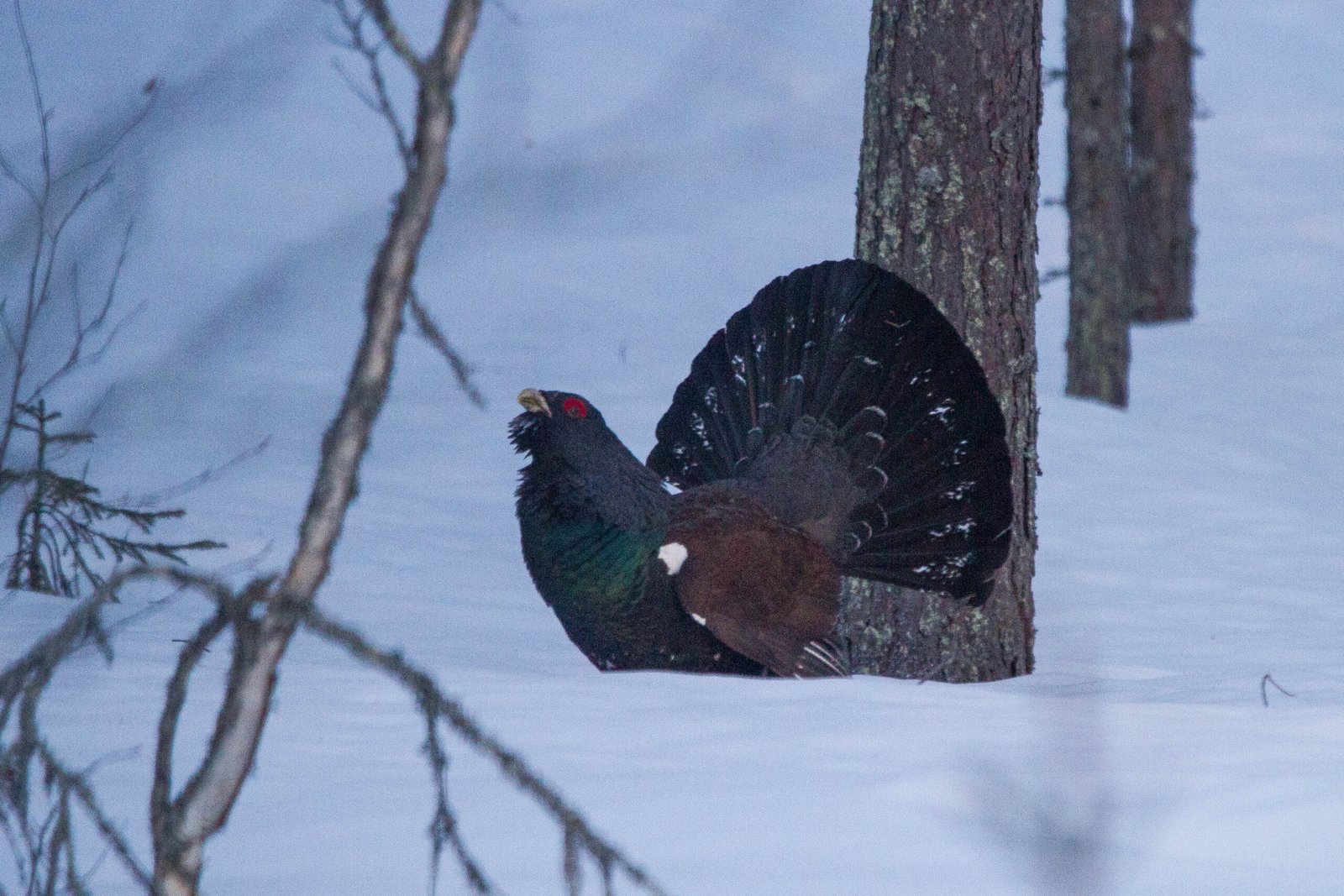
Despite its legendary status, the capercaillie faces real threats in the modern world. Habitat loss, climate change, and increased human activity have all contributed to a decline in population numbers across much of Europe. In Finland, conservation efforts are underway to protect the forests that these birds depend on. Scientists are studying capercaillie behavior, genetics, and habitat needs to develop strategies that will ensure their survival. The resilience of the species is remarkable, but without continued protection, this iconic bird’s future could be at risk.
Capercaillies as Ecosystem Engineers
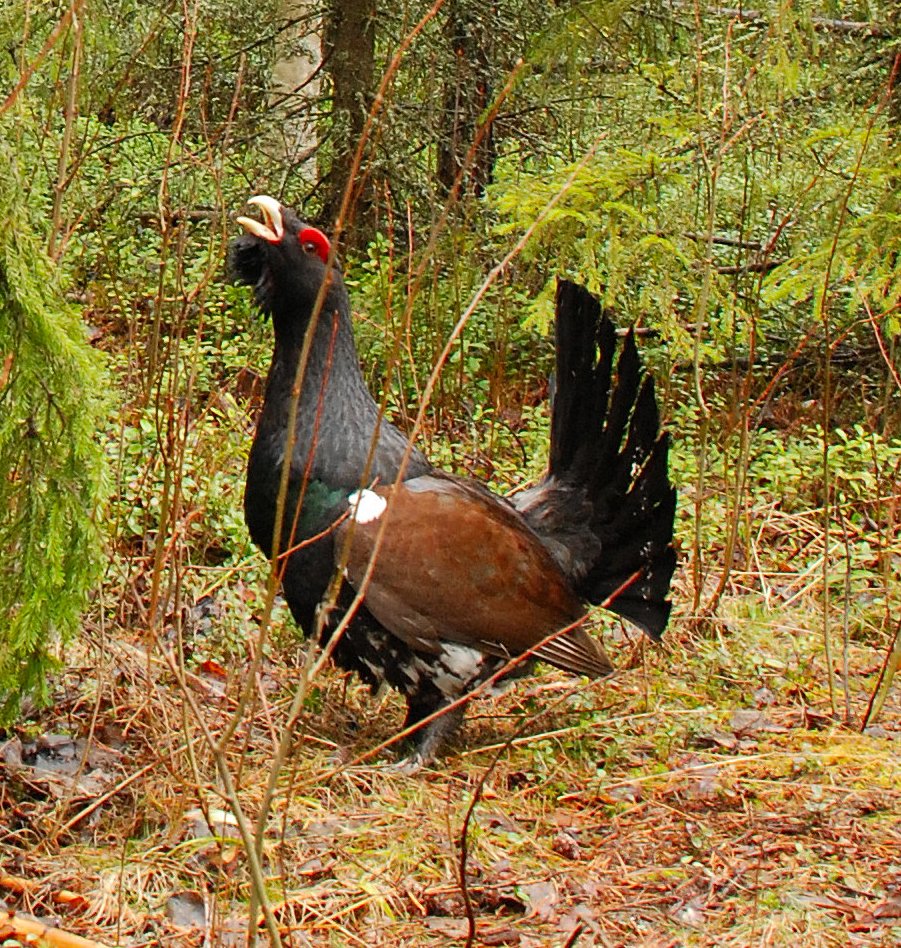
The impact of capercaillies extends far beyond their own species. By feeding on pine needles and berries, they help shape the structure of the forest. Their droppings fertilize the soil, supporting plant growth and providing food for insects. In turn, these insects attract a variety of other animals, creating a thriving, interconnected ecosystem. The capercaillie’s presence is a sign of a healthy forest, and their decline can signal broader environmental problems. This makes their protection crucial not just for bird lovers, but for anyone who cares about the Finnish wilderness.
Watching Capercaillies: A Unique Finnish Experience
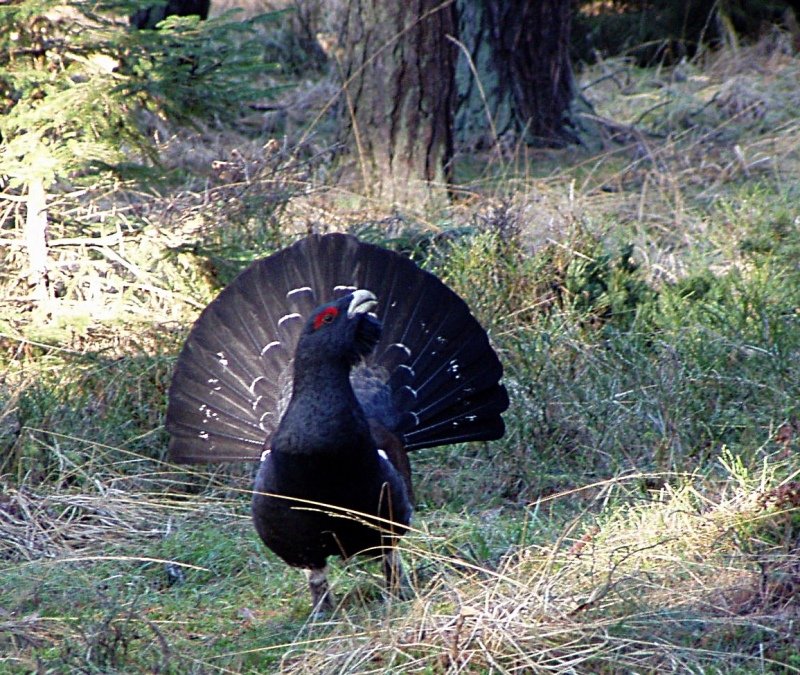
For nature enthusiasts, witnessing the capercaillie’s display is an unforgettable experience. Specialized birdwatching tours in Finland offer the chance to observe these birds at dawn during lekking season. Visitors must be patient and quiet, often waiting in hidden blinds for hours. But when the forest comes alive with the sounds and sights of displaying capercaillies, the wait is more than worth it. The thrill of seeing one of these feathered warriors in action is something that stays with you long after you leave the woods.
What the Capercaillie Teaches Us
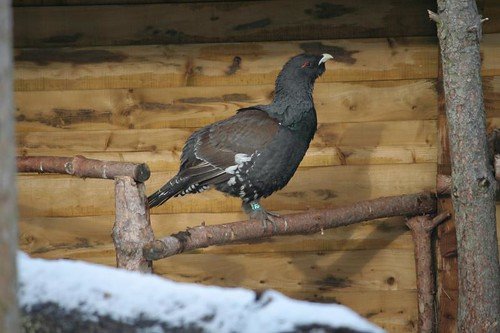
The story of the capercaillie is more than just a tale of a bird with a bad attitude. It’s a living reminder of the wildness that still exists on the fringes of our world, and the importance of respecting nature’s unpredictability. The capercaillie’s battles—with trees, cars, and rivals—offer a glimpse into the struggles and triumphs of survival in the boreal forest. For Finland, and for all who love the wild, this remarkable bird stands as a symbol of resilience, courage, and the enduring magic of untamed places.

